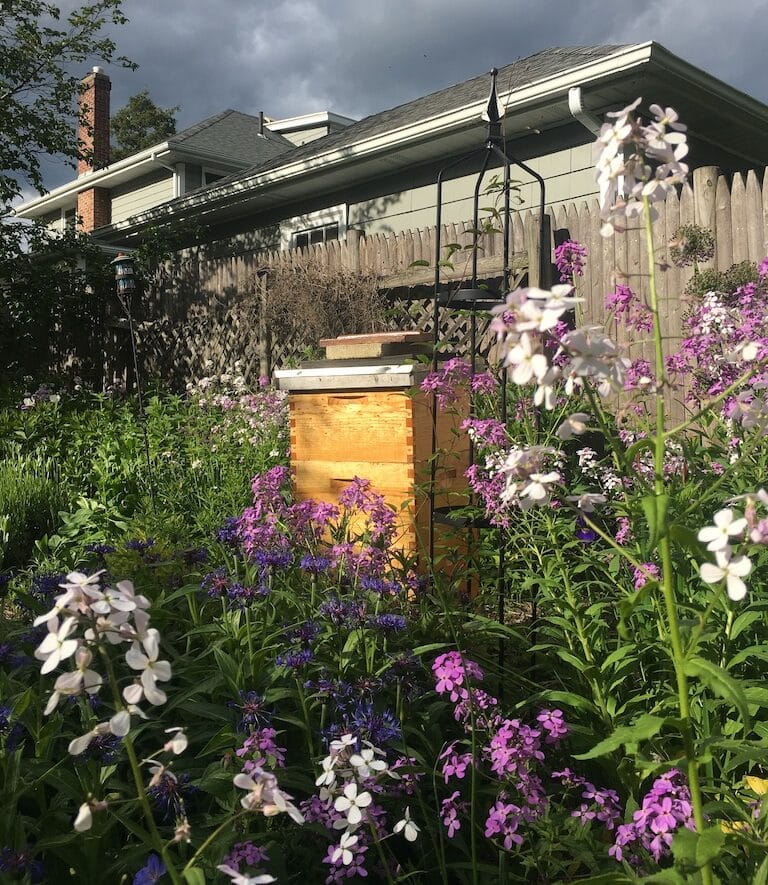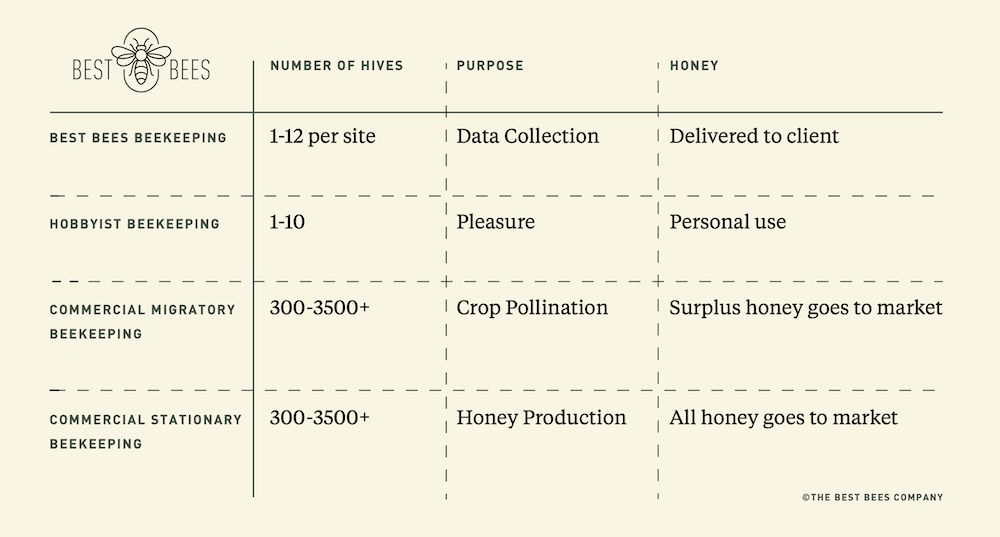With June around the corner, it’s time to start planting your summer garden. Honeybees are busy collecting Spring nectar and pollen for their fellow workers. May flowers are the inaugural portion of a bee’s diet, but what follows is just as important.

Earlier this month we hosted a virtual event with Renee Gervais of Gardens by Renee to learn exactly what to plant for your bees from June to August. Bee-nutrition is key to colony success, and knowing what to plant can make all the difference.
We Learned:
- A gardener’s insight into New England’s “nectar dearth”
- What summer blooms are best for a summer garden
- How to grow plants that you can eat, as well as your bees
- How HoneyDNA reveals the quality of a colony’s diet and the biodiversity of a given area
Watch the event below:
Summer Garden Plant List
In a hurry? No problem! We’ve listed some of the top plants for your convienence. We even cross referenced our HoneyDNA results library for all you garden nerds out there 🤓 Now get planting!
- HoneySuckle
- Rose rugosa
- Sunflowers
- Mint
- Lavender
- False Indigo/Baptisa
- Peas
- Muskmelon
- Stone fruit trees (peaches, plum, apricots, cherry)
- Blueberries
- Sweet alyssum
- Anisie hyssop






